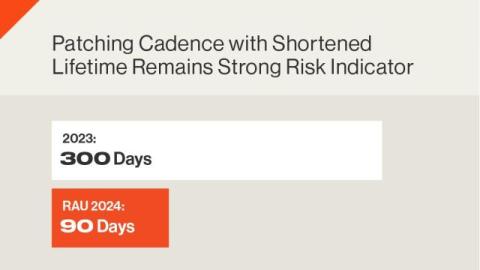Streamlining Your Response to Security Assessments With Bitsight Trust Management Hub
Most organizations now recognize that even if they have a strong internal security posture, a security lapse by any one of their many third-party vendors or partners can be just as catastrophic to their business as a direct breach. Industry and government regulators are increasingly focused on this topic as well, resulting in a wave of new compliance requirements that extend to third-party risks.





